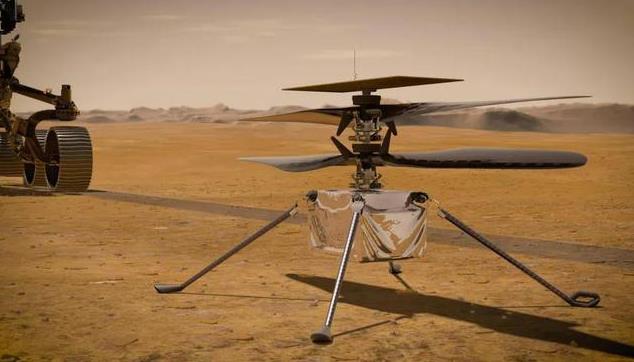That means more dust in the air and less sunlight available to help recharge the Wit’s battery. Dust levels were predicted to subside by late July, so the team decided to give the Intense helicopter a few weeks to re-establish its daily state of charge. Depending on weather conditions, Wit is expected to be back in the air around early August.
Winters on Mars are particularly challenging for batteries, and a big factor is that the days are shorter, which means less sunlight is used to charge the solar cells. Also, the excess dust in the air makes the situation worse. Another big problem, however, is the cold weather, with nighttime temperatures dropping to minus 80°C. At low temperatures, the performance of the battery is drastically reduced. The cold also makes it necessary to use battery drain heaters to protect electronics from the damaging effects of cold cycles.
Since its maiden flyby on Mars in April 2021, Wit has made a whopping 29 flybys of the planet, most recently on June 11.




GIPHY App Key not set. Please check settings